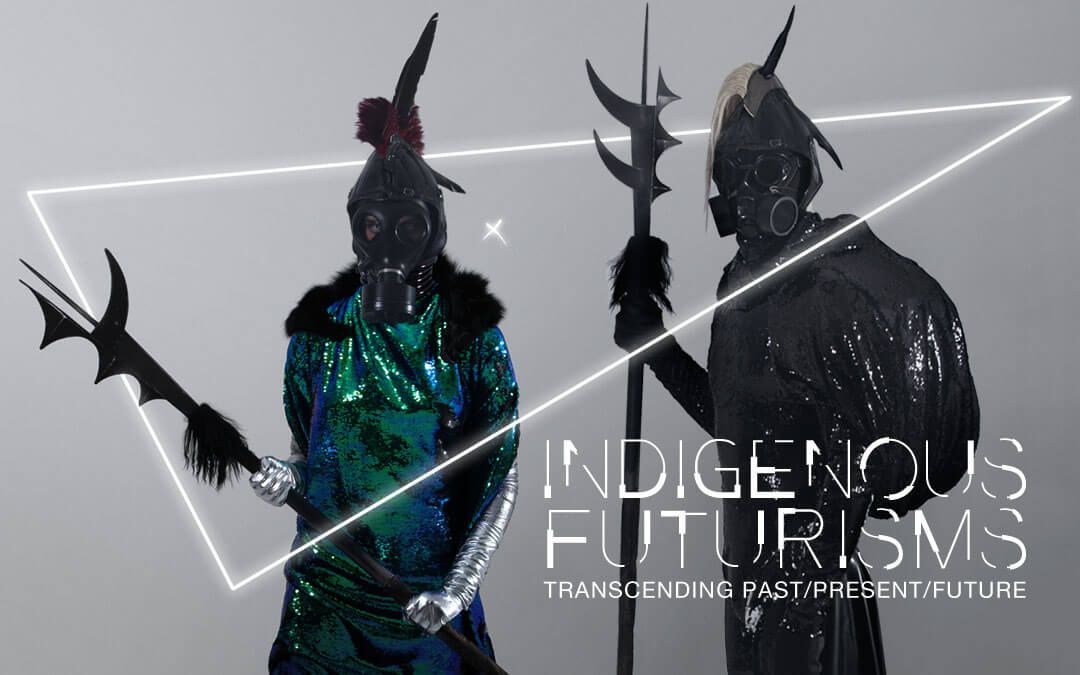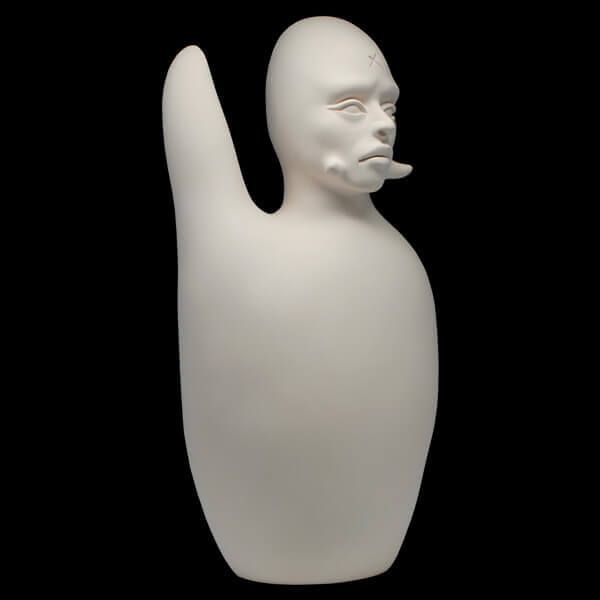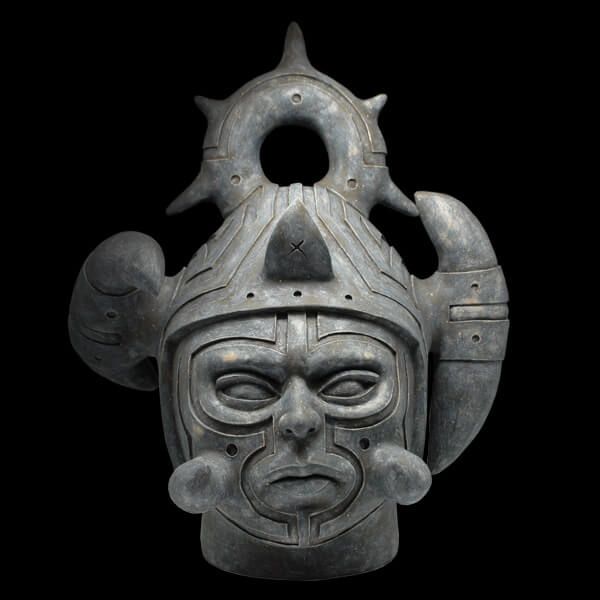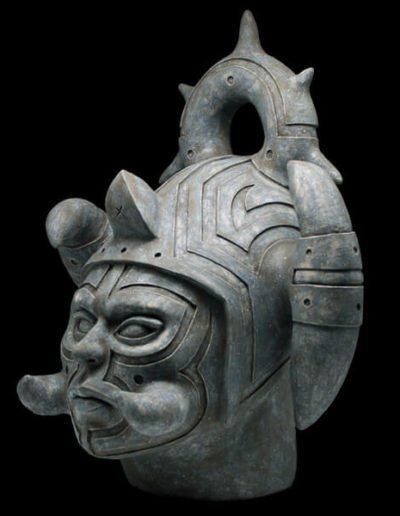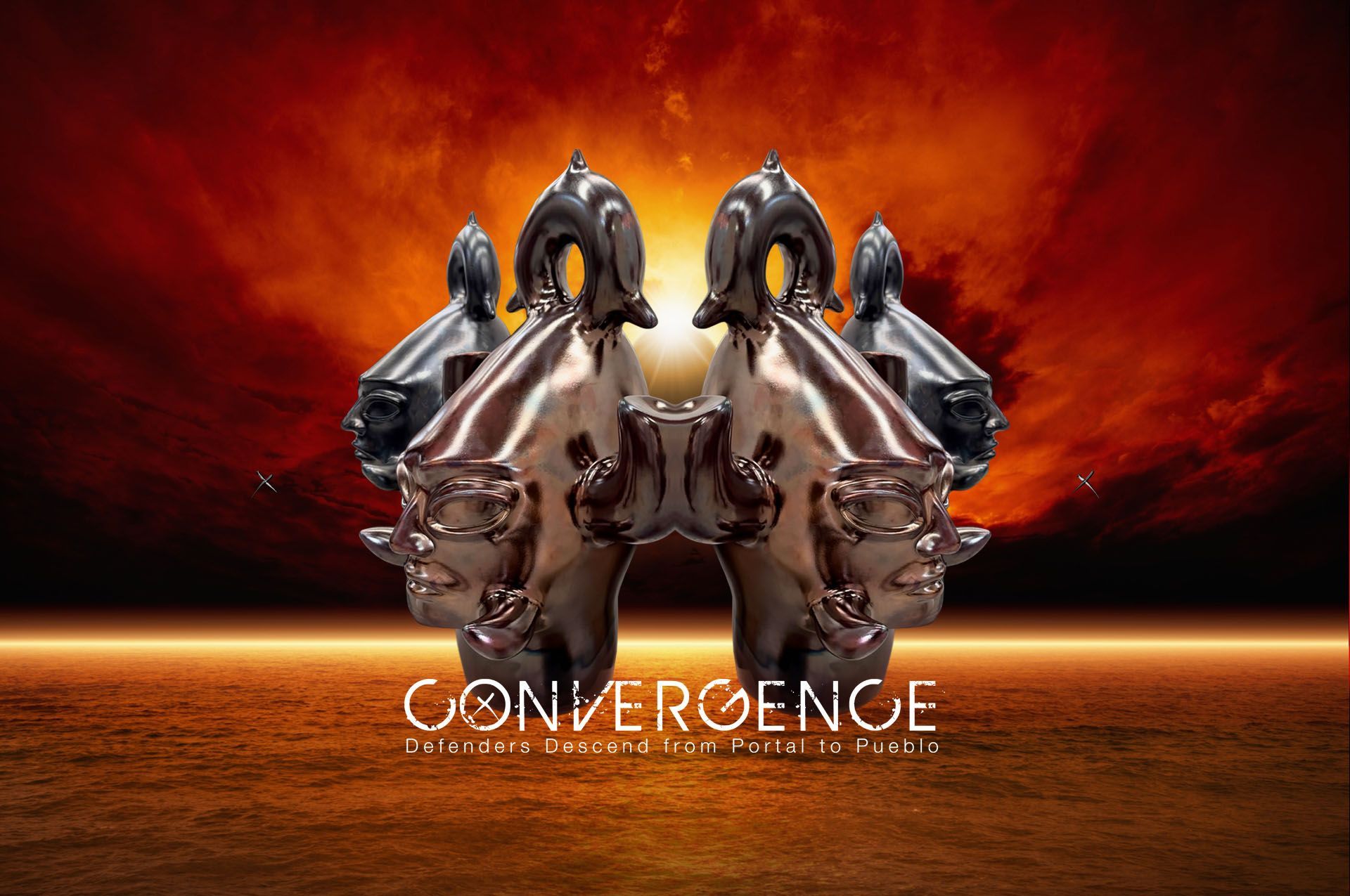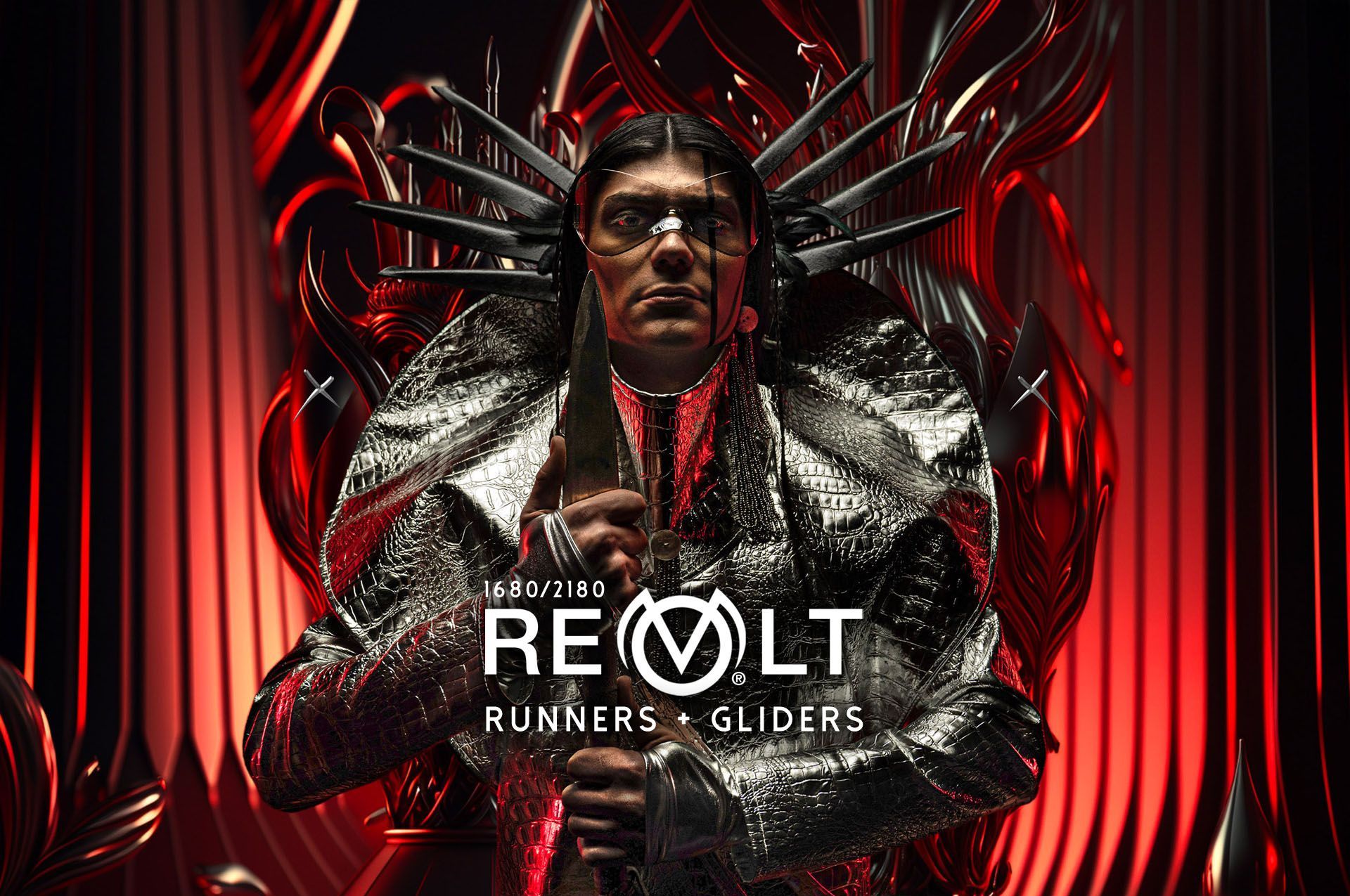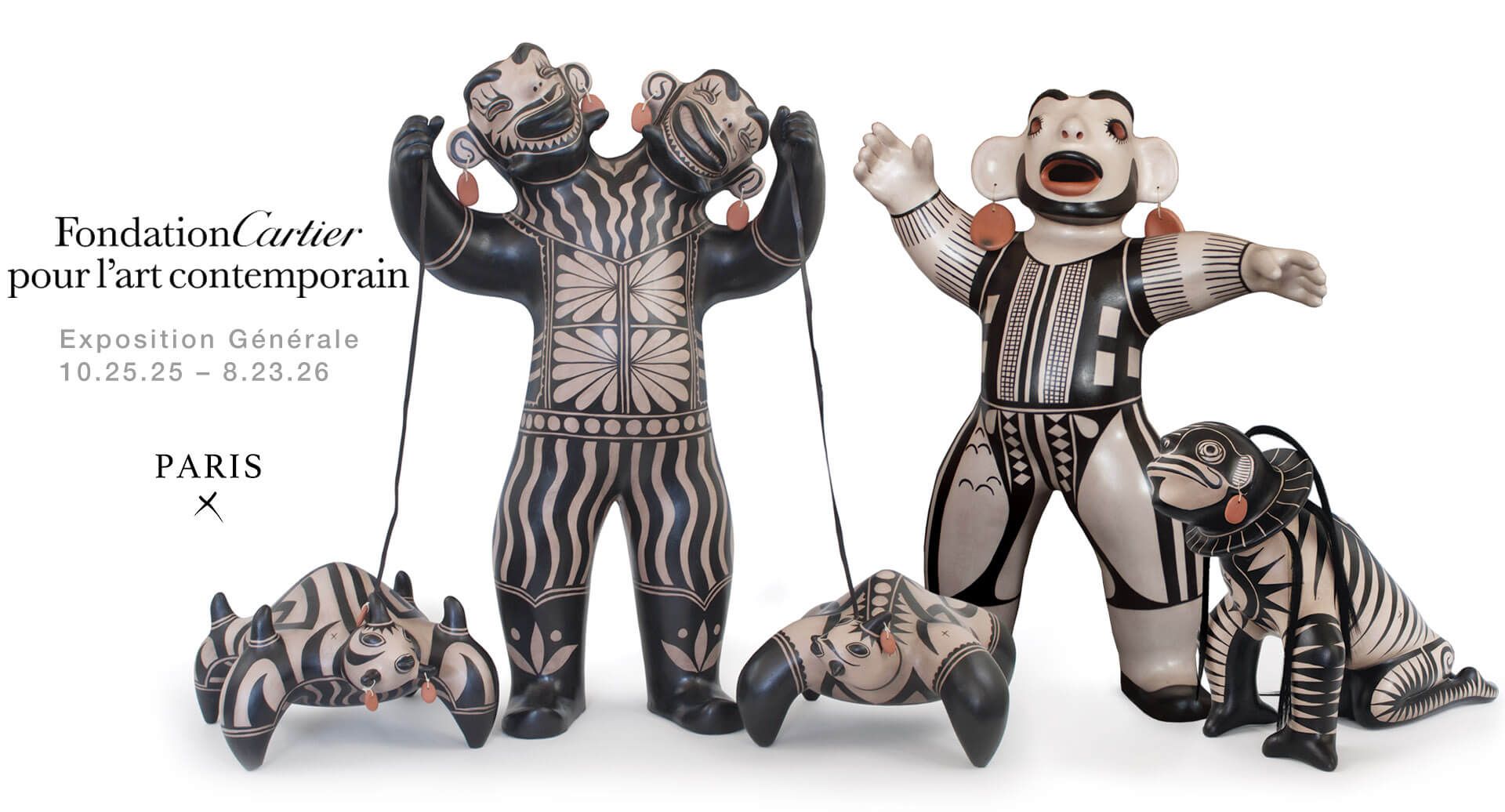
For the last two decades, I have been developing a screenplay titled Revolt 1680/2180. It is not just a story of persecution and revolt, but also a story of resilience—one that seems to be more critical than ever in today’s political and cultural climate.
With every exhibition, I release more details of my interpretation surrounding the events and repercussions of the 1680 Pueblo Revolt—the first American Revolution against foreign colonizers. The revolt was an uprising of most of the Indigenous Pueblo people against the Spanish military and religious forces in present-day New Mexico. The Pueblo Revolt remains a significant part of our history, and I have always felt it my duty to educate and share it with the world. It is important to pay respect to the past in order to advance into the future.
This installation is a visual experience granting the onlooker personal access and insight into my creative process of how my characters are created for photography, digital art, and brought to life for the big screen. The garments and costumes illustrate how I mentally “sketch” my ideas and concepts for future collections. Typically, I construct my vision into existence by draping, fabricating, and photographing models in the costumes on location. Each item, product, or garment that I have produced and that are currently in production will define what my movie characters will wear.
The enactment occurs simultaneously in two different time dimensions, 1680 and 2180. The Venutian Soldiers’ Pueblo was destroyed in the first Castilian invasion. Taoky, doyen of the Rez Spine Watchmen, guides the Venutian Soldiers on their journey to seek new land to inhabit. She aids them in rebuilding their ways of tradition and life on sacred ground.
No-len, Admiral of the Rez Spine Watchmen, and his comrades are stationed around Earth’s realm, surveilling for any incursion from the Castilian army. The Watchmen transmit intelligence telepathically to Po’pay and Taoky to tip off the Revolt Runners to reveal encoded intel to the Pueblo leaders as they amass to combat the invaders.
Indigenous Futurisms highlights artworks that present the future from a Native perspective, and illustrates the use of cosmology and science as part of tribal oral history and ways of life. The science fiction and post-apocalyptic narratives depicted in these artworks are often reality for Indigenous communities worldwide. The imagery and narratives also emphasize the importance of Futurism in Native Cultures. Artists use Sci-Fi related themes to pass on tribal oral history to younger audiences and to revive their Native language. The works in this exhibition create awareness about how cultural knowledge and tribal philosophies are connected to the universe, science, and the future.

